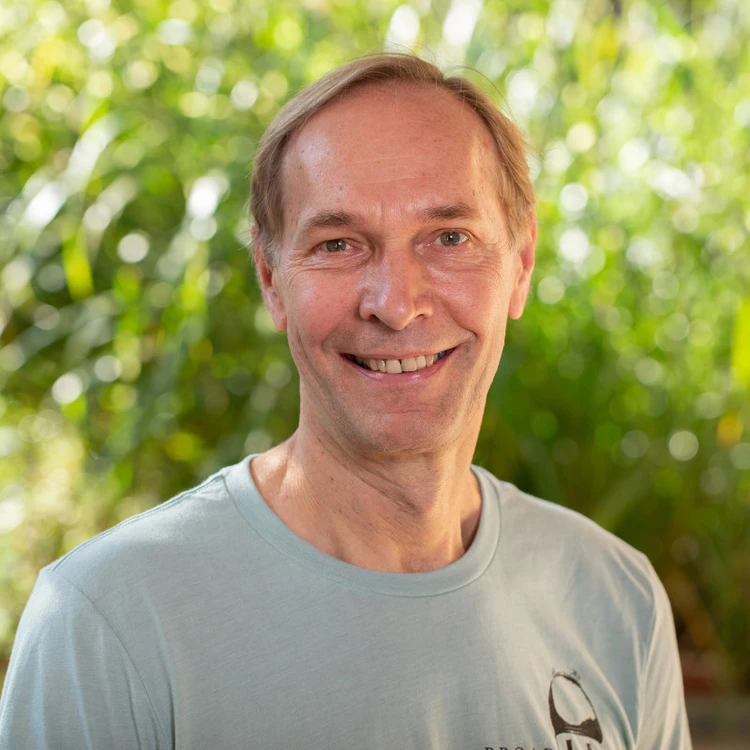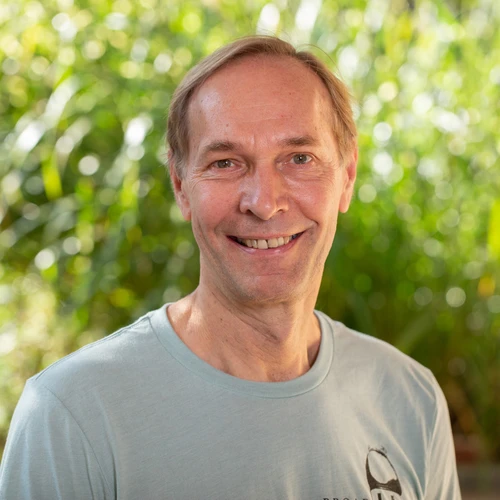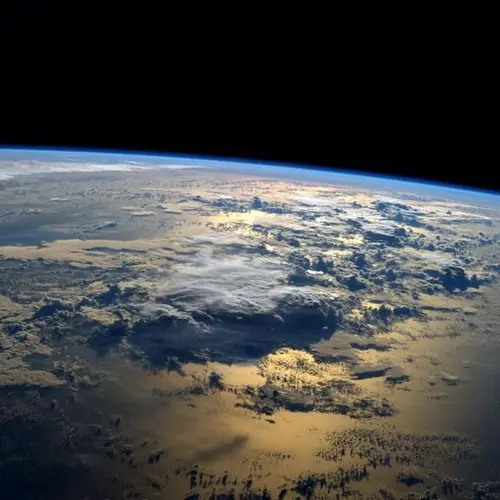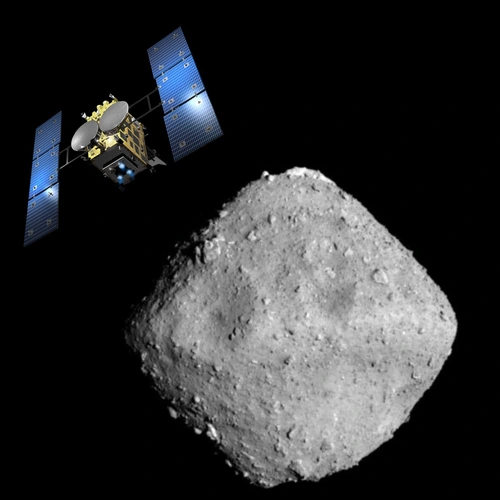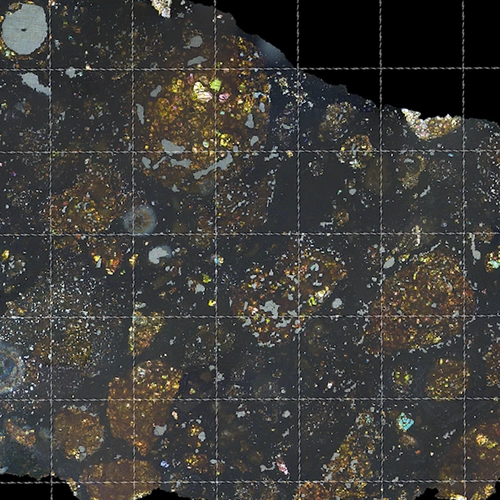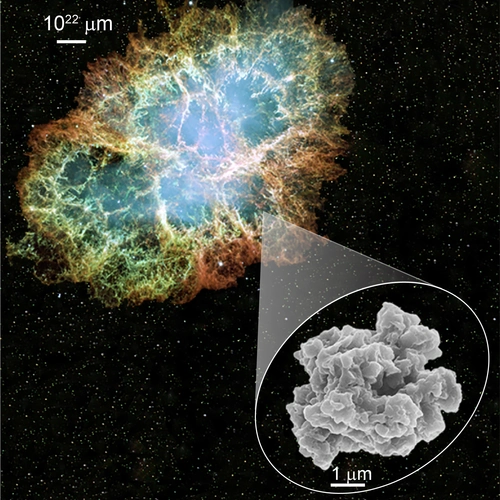Research
Chondrules formed as molten droplets and are the products of one of the most energetic, but as yet unidentified, processes operating in the early Solar System. Alexander uses measurements and modeling of the abundances and isotopic compositions of elements (e.g., sodium, potassium, iron, magnesium, and oxygen) that may have evaporated and recondensed to constrain the conditions during chondrule formation.
Most of the organic matter in the matrix is in tiny grains of macromolecular material. Similar material also seems to be present in comets. Whether this organic matter formed in the Solar System or the interstellar medium is a matter of lively debate, but either way it is probably the major source of Earth's carbon, nitrogen, and noble gases.
Matrix contains water, now in clay minerals, organic matter and presolar grains that are the focus of Alexander's other major interests. Presolar grains formed around dying stars before the formation of the Solar System. These relics retain information about Galactic chemical evolution, stellar nucleosynthesis, and dust processing in the interstellar medium.
Water is essential to the creation of a habitable planet. Chondrites were likely the major source of Earth's water. However, the origin of the water in chondrites—probably a mix of Solar System and interstellar water—is still not fully understood. The hydrogen and oxygen isotopes of water can provide strong constraints, but how they may have been modified in the meteorite parent bodies needs to be clarified first.
CV
- PhD.1987: Experimental Physics, University of Essex, UK.
- B.S. 1983: Geology, Imperial College, London Univ., UK.
- Fellow of the Meteoritical Society
- Royal Society of London: Origin and Early Evolution of Solid Matter in the Solar System, 2001
- Chondrites and the Protoplanetary Disk workshop, 2004
- The Mineralogical Society, 36th Hallimond Lecture, 2005
- IAU Symposium 251: Organic Matter in Space, 2008
- IAU Symposium 280: The Molecular Universe, 2011. W.J. Sollas Lecture, Univ. Bristol, 2013
- 1994-to present: Staff member, EPL, Carnegie Institution of Washington
- 1989-1994: Senior Research Associate, McDonnell Center for the Space Sciences, Washington University
- 1987-1989: SERC Research Fellowship, Dept. Earth and Planetary Sciences, Open University
- Chairman of the Meteorite Working Group: 2011-2017
- Member, CAPTEM: 2014-2017
- Member, Hyabusa Sample Allocation Committee: 2012-present
- Member Leonard Medal Committee of the Meteoritical Society: 2010-2013
- Trustee of Paneth Trust: 2007-present
- Member, NASA Origins of Solar System Program review panel: Multiple
- Member, NASA Cosmochemistry Program review panel: Multiple
- Member, NASA Exobiology Program review panel: Multiple
- Member, Program Committee of the Meteoritical Society Meeting: Multiple
- Member, Organizing Committee for the Meteoritical Society Meeting, 1995
- Member, Program Committee of the Lunar Planet. Sci. Conference: 1999-2001
- Co-convener of symposia for the Goldschmidt Conference: 2002, 2012, 2014, 2015
- Meteoritical Society
- Geochemical Society
- American Geophysical Union
Photos & Media
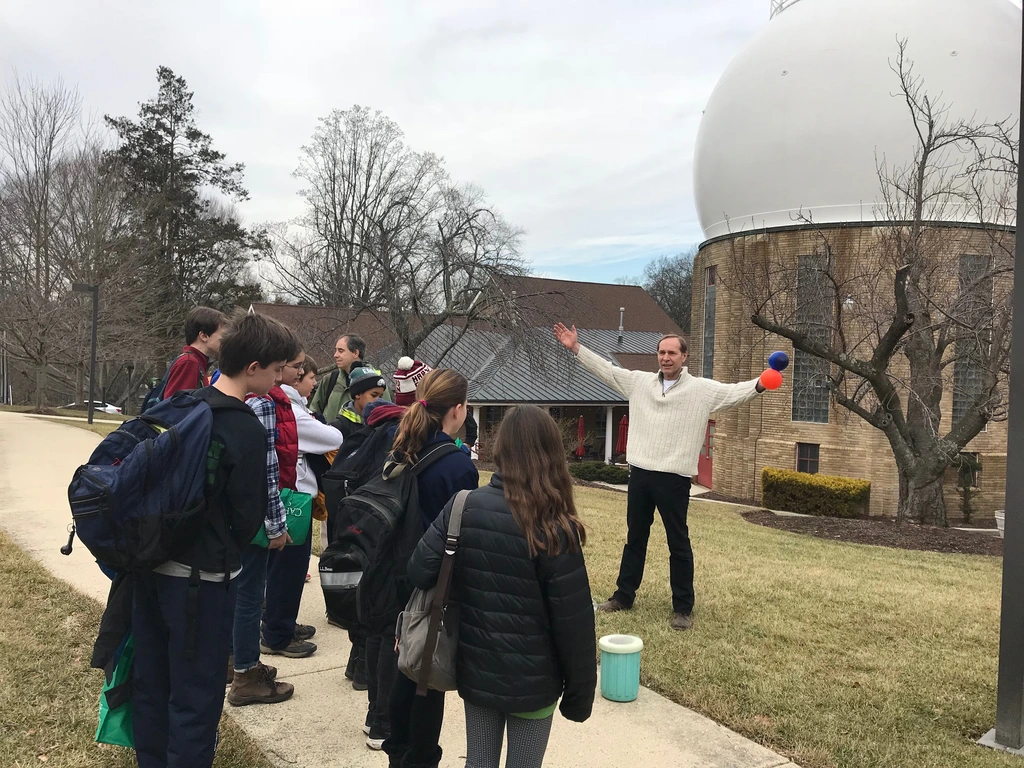
Conel Alexander demonstrates a science experiment for students from the Maret School
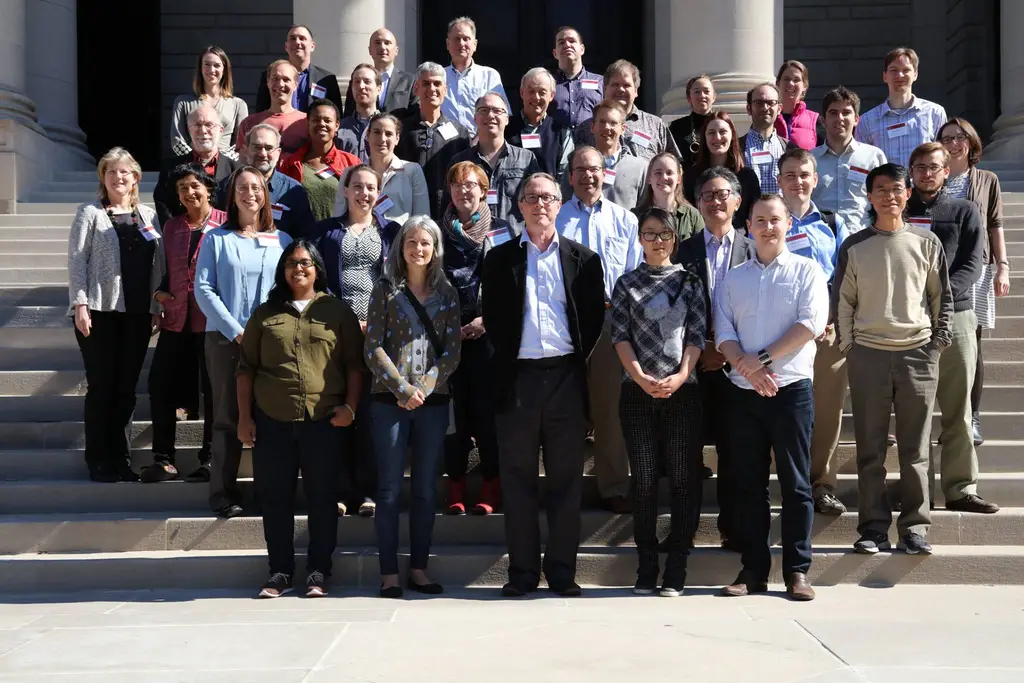
The Origins 2015 Meeting, including Conel Alexander, poses together on the front stops of Carnegie's headquarters in Washington, D.C.

Learn about Carnegie scientists' work on the samples returned to Earth from asteroid Bennu.
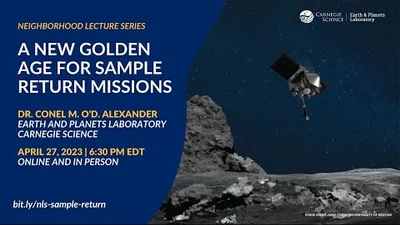
A new golden age for sample return missions
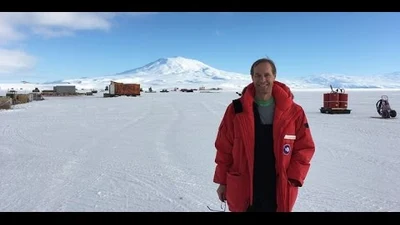
Conel Alexander: "Rocks from Space: Be Grateful and a Little Afraid"
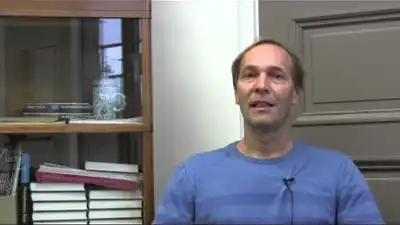
Meet Conel Alexander, DTM Staff Scientist
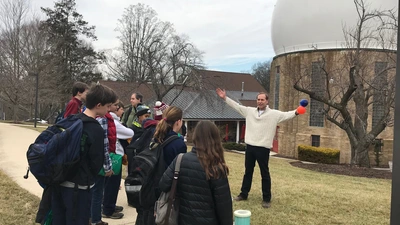
Conel Alexander demonstrates a science experiment for students from the Maret School
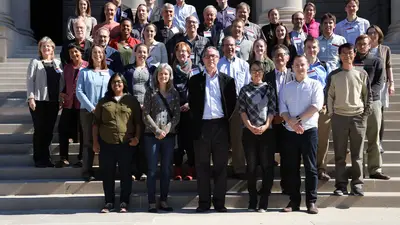
The entire group from the Origins 2015 Meeting together on the front stops of Carnegie's headquarters in Washington, D.C.
